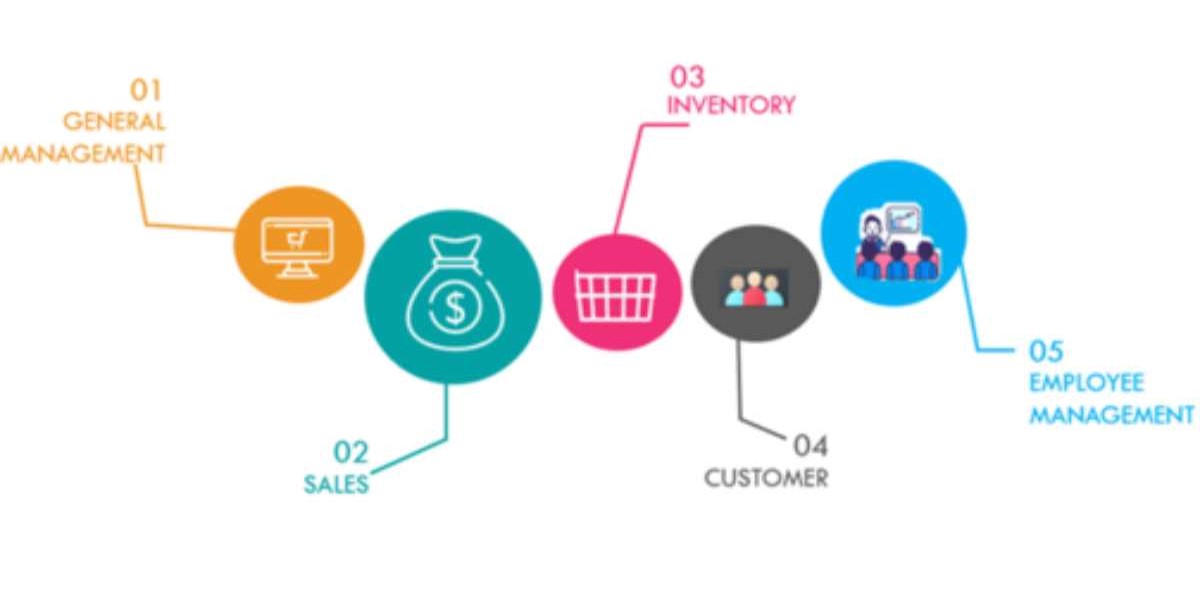Drawing from our extensive experience with leading retailers, we've seen firsthand how SAP Analytics Cloud (SAC) can significantly boost performance management in the retail sector. Our team of BI and analytics consultants has worked closely with top retailers to design, implement, and refine their business intelligence and planning solutions. This experience highlights how SAC can effectively address the unique challenges and key performance indicators (KPIs) that are crucial for the retail industry.
Retailers often face distinct challenges that require tailored solutions. For instance, analyzing sales and performance across various physical locations—like stores or distribution centers—is a common requirement. Retailers frequently use metrics such as sales per square foot to evaluate how well they are utilizing their physical space, which is critical given the high costs associated with retail locations. Another important aspect is managing sales across multiple channels, including both physical stores and online platforms. This involves comparing costs and performance across these different sales channels.
A key KPI in retail is like-for-like (LFL) growth, which measures performance improvements in stores that have been open for over a year. This metric helps assess the growth of established stores, excluding the effects of new openings or closures. Retailers also need to monitor other operational metrics, such as inventory turnover, gross profit margin return on investment (GMROI), and shrinkage. These KPIs are vital for efficient inventory management, evaluating merchandise performance, and reducing losses from theft or errors.
SAP Analytics Cloud (SAC) offers a robust solution for these retail analytics needs. SAC is a cloud-based platform that integrates business intelligence (BI), advanced analytics, and enterprise planning into one cohesive system. This integration provides real-time data access and advanced analytics, making it an essential tool for retailers looking to enhance their decision-making processes.
One of SAC’s standout features is its ability to connect with a wide range of data sources, both on-premises and in the cloud. For retailers using SAP products like SAP S/4HANA, SAP BW/4HANA, and SAP BPC, SAC offers live data streaming capabilities. This means retailers can access the most current information and generate accurate reports from a single source of truth. For example, SAC can integrate seamlessly with SAP Customer Activity Repository (CAR) and other SAP systems to provide a comprehensive view of sales, inventory, and customer data.
SAC also excels in creating data visualizations and dashboards. Retailers can use SAC’s advanced tools to build interactive dashboards that highlight key metrics such as year-over-year sales growth, sales per square foot, and conversion rates. SAC’s digital boardroom feature turns board meetings into immersive experiences, enabling real-time data analysis and decision-making. The platform’s ability to combine live and historical data from various sources allows retailers to create dashboards that reflect both current performance and past trends.
Moreover, SAC supports predictive analytics, which is especially useful for retail planning and forecasting. Retailers can analyze historical data, forecast future trends, and make informed decisions about inventory, marketing, and store operations. For example, SAC’s smart insights feature can automatically detect trends and anomalies in data, offering actionable recommendations to help retailers optimize their operations and improve profitability.
The flexibility of SAC also means it can integrate with various ERP systems and BI tools. This is crucial for large retail organizations that manage complex operations across multiple locations and platforms. SAC can consolidate data from different systems and provide a unified view of performance at the group level, even if subsidiaries or newly acquired companies use different systems.
In summary, SAP Analytics Cloud offers a powerful and flexible solution for retailers looking to improve their performance management and analytics capabilities. By combining BI, advanced analytics, and planning into a single platform, SAC helps retailers make better decisions, optimize operations, and drive growth. Its ability to connect with various data sources, deliver real-time insights, and support advanced analytics makes SAC a valuable tool for modern retail management.






Comments